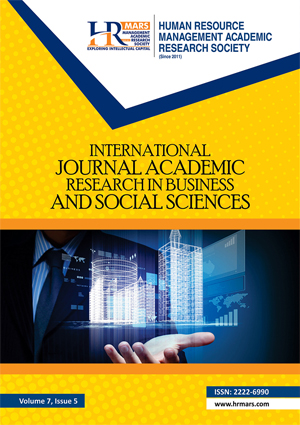
ISSN: 2222-6990
Open access
Tim Yip (also known as Timmy Yip), a well - known visual artist from Hong Kong in China, focuses on film, television, costume, and make - up. His visual art is shown in the styling of film and television characters, the design of scene props, and visual painting. A large portion of his visual art creations possess a one - of - a - kind and remarkable style. He is adept at creating visual effects that carry traditional oriental aesthetics by using the concepts of western art philosophy. His scenery design involves post - production techniques. The post - production stage is crucial in the film making procedure. It plays a crucial role in the film - making process as it combines the prior work and enhances work efficiency for the sake of ensuring the quality of film and television works. Before the completion of film and television production, the post - production of film and television has to wait to use computer production software to finish the editing and processing of the film.
This article purpose to explore the present situation of post - production in digital cinema and television's film art design application, along with the application of Tim Yip's film scenery design in digital post - production. In this study, a combination of quantitative and qualitative methods was employed. A questionnaire survey was carried out, and 50 students randomly selected from digital image synthesis majors who have been involved in digital cinema and television special effects production were interviewed. The survey results were then assembled and evaluated. SPSS software was utilized for analysis technology. and utilized for initial research as well, like figuring out predictability, maintaining consistent quality, and ensuring legitimacy in a quantifiable programming way. Conclusion and Recommendation: The employment of film cutting and 3D modeling in the later - stage film and television production has promoted the development of various creativity and film - and - television post - production. Simultaneously, further research and future prospects should be carried out. The application of new post - production can enhance the efficiency of film and television production and reduce the cost of physical sets.
Zhang, PeiPei. (2020).Research process on materialism. advances in psychology ,10(11),1752-1759.
Vertemati , M., Cassin, S., Rizzetto, F., Vanzulli, A., Elli, M., Sampogna, G., & Gallieni, M. (2019). A Virtual Reality Environment to Visualize Three-Dimensional Patient-Specific Models by a Mobile Head-Mounted Display. Surgical Innovation, 26(3), 359–370.
https://doi.org/10.1177/1553350618822860
Chen, D., & Yang, F. (2020). The application of virtual reality in the field of film and television post - production. IOP Conference Series: Materials Science and Engineering, 75. https://doi.org/10.1088/1757-899X/750/1/012163
Huang, T. K., Yang, C. H., Hsieh, Y. H., Wang, J. C., & Hung, C. C.(2018). Augmented reality (AR) and virtual reality (VR) applied in dentistry. The Kaohsiung Journal of Medical Sciences, 34(4), 243–248. https://doi.org/10.1016/j.kjms.2018.01.009
Zhang, M., Zhu, Z., & Tian, Y. (2020). Application Research of Virtual Reality Technology in Film and Television Technology. IEEE Access, PP, 1.
https://doi.org/10.1109/ACCESS.2020.3022499.
Bao, Y. (2022). Application of Virtual Reality Technology in Film and Television Animation Based on Artificial Intelligence Background. Scientific Programming, 2022, 2604408. https://doi.org/10.1155/2022/2604408.
Ming, X. M., & Mohamed, F. N. (2025). The Post-Production of Digital in Tim Yip’s Scenery Design of Film. International Journal of Academic Research in Business and Social Sciences, 15(2), 1110–1118.
Copyright: © 2025 The Author(s)
Published by HRMARS (www.hrmars.com)
This article is published under the Creative Commons Attribution (CC BY 4.0) license. Anyone may reproduce, distribute, translate and create derivative works of this article (for both commercial and non-commercial purposes), subject to full attribution to the original publication and authors. The full terms of this license may be seen at: http://creativecommons.org/licences/by/4.0/legalcode